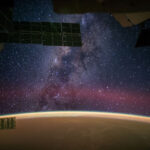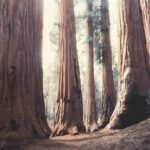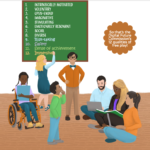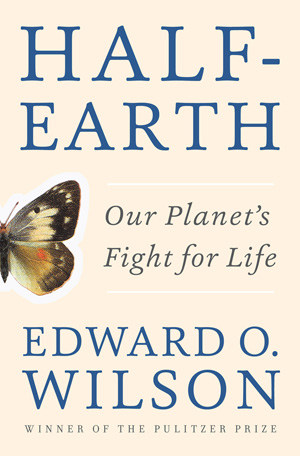
“If you’re looking for something to do in this time of global climate change, make common cause with young people.” —Barry Lopez, Toby’s Feed Barn, Pt. Reyes Station, CA, Spring 2019
Trevor Noah hosted 16-year-old Greta Thunberg (9 minute clip) on The Daily Show a few nights ago. I appreciate many of Trevor’s interviews. He asked one question in particular in this interview that I really appreciated.
Trevor: What do you think people could do?
Greta: If I was to choose on thing everyone would do, it would be to inform yourself and to try to understand the situation…Use the power of democracy to make our voices heard and make sure that people in power cannot continue to ignore this.
I have just finished reading E.O. Wilson’s newest book, Half-Earth. You’ve probably gathered by now that I read a lot. I got through this book because E.O. Wilson is an extraordinary storyteller (and I had the audio version in addition to the digital text so I could listen as well). I was awestruck by something on every page. If I was to recommend the best book I’ve encountered to act on what Greta advises—to inform myself and try to understand the situation—it would be this book. Reading this book will give you a foundation for conversations in your family about our home planet and the species we share it with. It is a beautiful book and essential reading. I encourage you to make time for it.
In Chapter 11 titled “History Redefined,” E.O. Wilson writes:
“…the transmission of information [on biodiversity] has been vastly improved by the digital revolution…Crucial specimens, including the “type” specimens on which the name was originally based, are photographed with a high degree of resolution. Their three-dimensional traits are made clear by computer software. The images are then uploaded to a website with a description and citations so that anyone else in the world can see them with a few keystrokes. The entire literature of biodiversity is currently being scanned and will be made available online by a consortium of major universities and research institutes. The final product, called the Biodiversity Heritage Library, will eventually contain as many as five hundred million pages. Meanwhile, the Encyclopedia of Life, designed to summarize and present free most available information on all described species from its website, is well along, with the number of pages at the time of writing (2015) approaching 1.4 million, more than 50 percent of all the known species in the world…In a nutshell, the digital revolution has propelled the classification of life forward by decades, perhaps centuries.“
The Encyclopedia of Life – Get to know this extraordinary digital resource. Explore it with your kids.
Biodiversity Heritage Library – Try the Explore button or Browse by Collection.
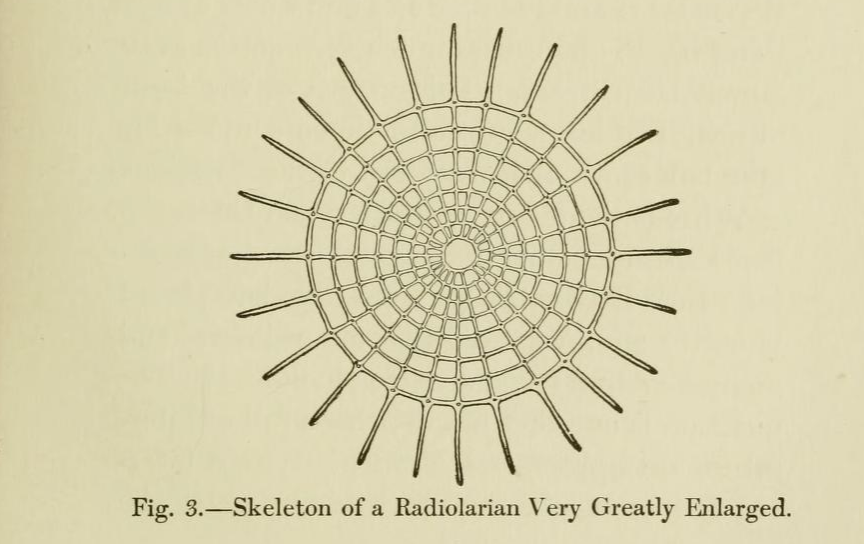
#FridaysforFuture #Climatestrike
